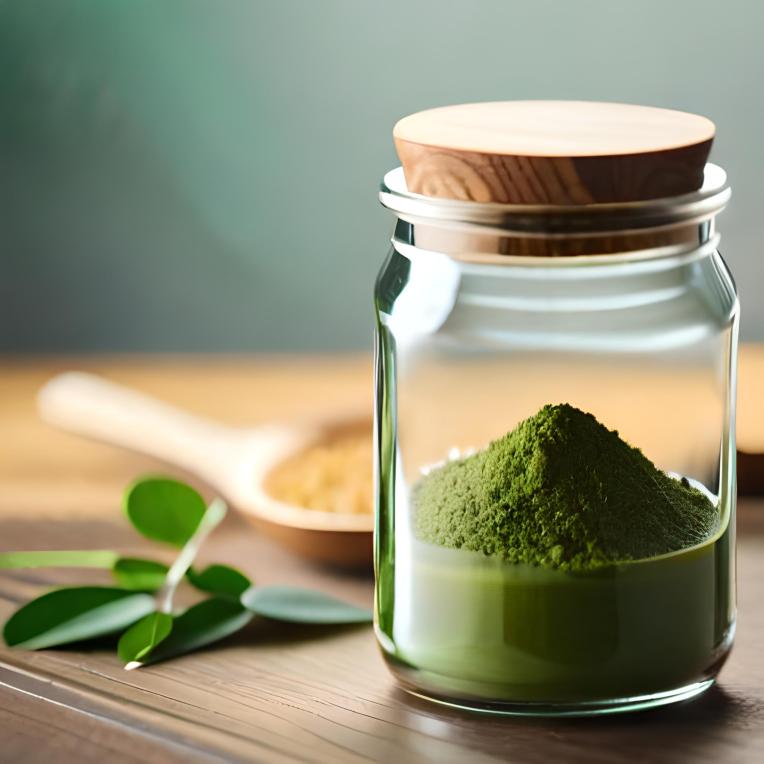What is Stevia plant ?
Stevia (Stevia rebaudiana) is a genus of plants in the Asteraceae family that is native to South America. This plant has become one of the most popular natural sweeteners in the world due to its ability to provide up to 300 times the sweetness of sugar without any of the harmful side effects associated with sugar consumption. While stevia has been cultivated and used as an herbal remedy and food additive for centuries in countries like Brazil, Paraguay and Argentina, it was only recently introduced to Europe and the United States. In this article, we will explore the various, health benefits of stevia, as well as how to use it as a sweetener.
Botanical Description and Uses of Stevia
The plant is a perennial, herbaceous shrub that grows in warm, tropical environments. Depending on the variety, stevia plants can reach up to three feet in height and two feet in width. The plant’s leaves are small, oblong, and bright green in color. Depending on the variety, stevia’s flowers can range in color from white to purple.
Stevia has traditionally been used as an herbal medicinal remedy as well as a food additive. In its native countries, such as Brazil and Argentina, people have commonly used the dried leaves of this plant as a sweetener, as well as to treat a variety of medical conditions, including weight management, diabetes, digestive disorders, and high blood pressure. The plant is also traditionally used to make a sweet, refreshing tea and as a flavor enhancer in food.
Health Benefits and Nutrition
Stevia contains a range of important nutrients, including minerals, vitamins, and antioxidants. While stevia is not calorie-free, compared to sugar, it is high in certain antioxidants, including kaempferol and quercetin, which may help to lower blood sugar levels and reduce inflammation. Studies have also shown that these two antioxidants can help to reduce the risk of cancer and other diseases.
One of the most significant health benefits of using stevia as a sweetener is that it does not contribute to tooth decay like sugar does. As stevia does not contain any sugar, it does not promote the growth of bacteria that produce the acids that cause tooth decay. Furthermore, stevia can be beneficial for people with diabetes as it has a very low glycemic index and can help to regulate blood sugar levels.
How to Use
Stevia is available in multiple forms, including powder, liquid, and granules. The powder is the most common form of stevia and can be used as an alternative to sugar or other sweeteners in baking recipes. For example, you can use the powder to sweeten beverages, smoothies, oatmeal, or baked goods. Additionally, the powder makes a great alternative to processed sweeteners or syrups when used in coffee or tea.
The liquid form of stevia is most often used in beverages and makes a great alternative to artificial sweeteners. It can be used to sweeten desserts, sauces, smoothies, and other recipes. This form of stevia is not as concentrated as the powder form and is best used in small amounts.
For those who don’t want to use the powder or liquid forms of stevia, the granules are an excellent choice. They are similar to sugar in texture, making them a great alternative to use in baking recipes as a direct substitution for sugar or in drinks as a natural sweetener.
Stevia is an incredibly versatile and healthful plant that has been used for centuries in South America as both a food additive and an herbal remedy. With its many health benefits, including the potential to reduce inflammation, lower blood sugar levels, and protect against certain diseases, it is no wonder that stevia has become one of the most popular natural sweeteners in the world. Whether you choose to use the powder, liquid, or granule forms of stevia, it can be a great alternative to sugar and other processed sweeteners.



